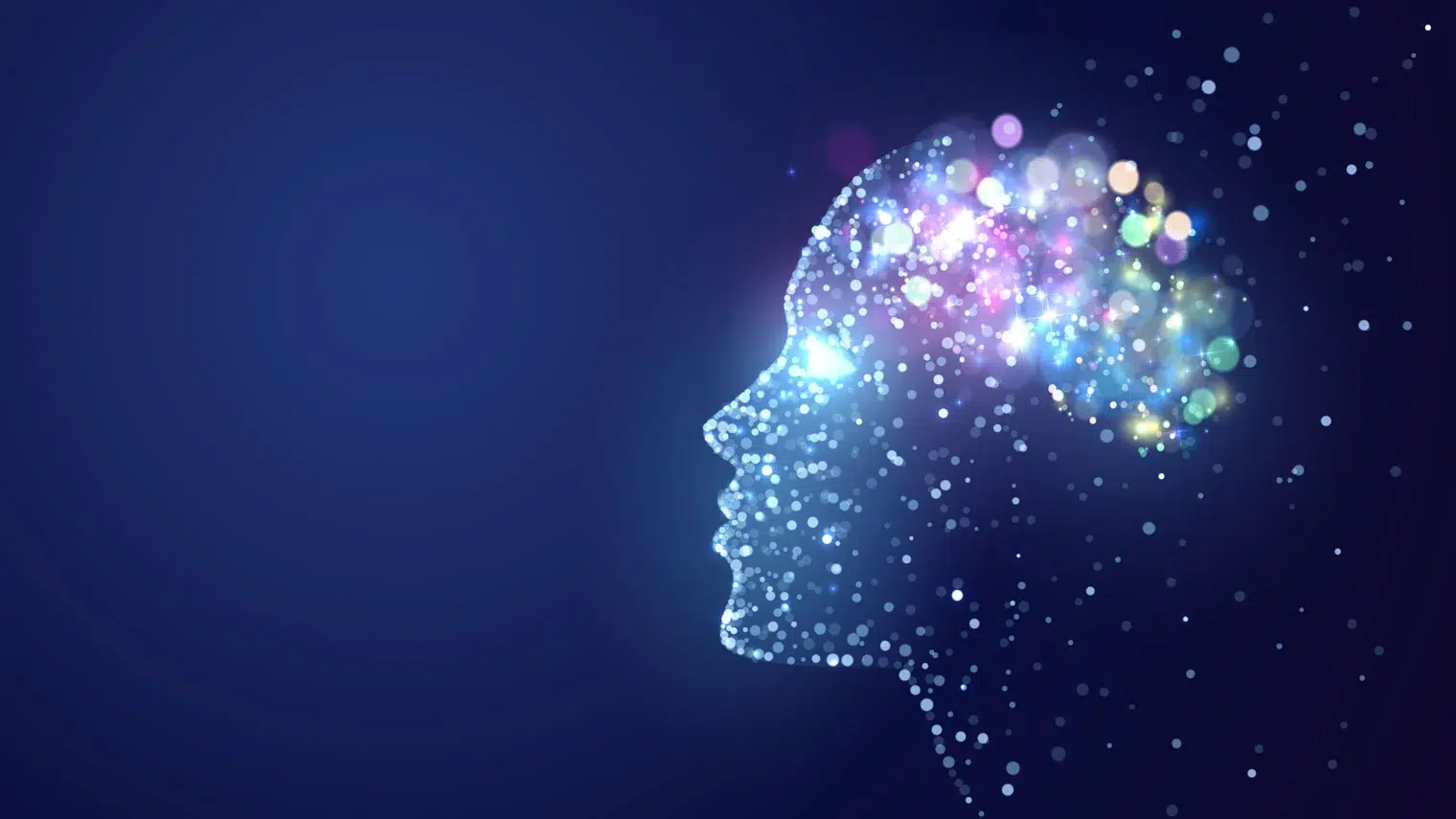Treating the Impact of Traumatic Experiences on Addictive Behavior
Table of Contents
A history of traumatic experiences is common among people affected by addiction. Such experiences may help set the conditions in which addiction develops. Their continuing effects may also help sustain addictive behavior. If you are affected by lingering trauma, it will likely need to be addressed when you seek substance treatment. A variety of therapy options can form the basis for trauma treatment. One such option is brainspotting therapy.
In brainspotting, you rely on a combination of body sensing and eye movements to process lingering trauma. The end result can be a significant easing of the distress associated with traumatic experiences. In turn, lowered distress levels can make it easier for you to address the underlying conditions for addiction.
Does Trauma Change the Brain
Traumatic experiences are experiences that challenge your ability to tolerate emotional distress. They do so by scaring you, shocking you and/or making you fear for your life. Events known for their ability to trigger traumatic responses include:
- Floods, tornadoes and other natural disasters
- Major accidents
- Acts of physical or sexual violence
You may live through these kinds of events yourself. You may also watch someone else go through them.
Traumatic stress is known for its ability to change how your brain works. Some of these changes are chemical and alter the way your brain sends and receives nerve signals. Traumatic experiences may also lead to actual shrinkage of certain structures within your brain. Without effective treatment, both the chemical and physical effects of trauma may have long-lasting effects on you.
Free Mental Health Assessment
Addiction and Brain Chemistry
Like lingering trauma, substance addiction alters your basic brain chemistry. The effects of this alteration can have a significant impact on your:
- Experience of pleasure and rewarding sensations
- Priorities in daily life
- Level of control over your thoughts and actions
- Ability to process and regulate your emotions
All of the brain alterations triggered by addiction promote continued substance abuse in one way or another. These alterations help explain addiction’s lasting effect and classification as a chronic brain disease.
What Is Brainspotting
Brainspotting is a relatively recent development in psychotherapy. It takes advantage of the inherent connection between your brain and your body. Like other brain-body therapies for trauma, it is based on the idea that traumatic experiences can get “stuck” inside you. In other words, you may fail to fully process those experiences and continue to suffer as a result.
In brainspotting, your therapist guides you through a series of actions. First, you relax and put your body at ease. In this relaxed state, you identify the places in your body where traumatic distress seems to be strongest. While you are doing this, your eyes naturally focus on certain parts of your visual field. These natural places of focus are known as your “brain spots.”
Once a brain spot has been identified, your therapist will ask you to maintain your focus on it. While you do this, you will be asked to examine the distressing feelings associated with the spot. At the end of your brainspotting session, you will once again assess the level of distress you feel. The goal of the therapy is to gradually ease your distress.
Beneath the surface, there is a more technical explanation of how brainspotting works. Research shows that the therapy helps you change the function of certain key pathways inside your brain. These changes basically serve as corrections to the damaging effects of traumatic experiences. Research supports the effectiveness of brainspotting in relieving distressing memories.
Is Brainspotting Like EMDR
Brainspotting is just one of body-brain therapies used to help process lingering trauma. Another of these therapies now in relatively widespread use is eye movement desensitization and reprocessing, or EMDR. Is brainspotting like EMDR?
There are some notable similarities between the two therapies. Like brainspotting, EMDR features the use of therapeutic eye movements. However, in EMDR, these movements are different and used for different purposes.
During a session of this therapy, you focus on a particular traumatic memory. With this memory in mind, you perform a series of back-and-forth movements with your eyes. The combination of these two actions help you process and work through your trauma. Experts consider EMDR an evidence-based option for treating PTSD, or posttraumatic stress disorder. This means that it has proven to be effective for large numbers of people affected by PTSD.
How Can Brainspotting Help With Addiction
Brainspotting has only been in use since 2003. For this and other reasons, researchers are still studying its effectiveness. However, there is already evidence of why brainspotting works as an addiction treatment.
This evidence comes from research that compares the effectiveness of brainspotting and EMDR. When used to relieve PTSD symptoms, brainspotting produces results similar to EMDR. Why is this important?
First, many people affected by addiction also have PTSD. And even if you do not have PTSD, the lingering effects of trauma can make addiction more likely to occur. As noted, EMDR is an evidence-based PTSD treatment. It works because it helps reduce the impact of distressing memories.
Brainspotting also works by relieving distressing memories. Since the therapy is generally as effective as EMDR, it follows that it can also provide a benefit in trauma treatment. In turn, this benefit may help ease the effects of trauma in people affected by addiction.
Healing Dual Diagnosis Disorders With Brainspotting
Dual diagnosis is a common condition in people with diagnosable substance problems. It occurs when you have an additional mental illness not directly related to your addiction. If you have a dual diagnosis disorder, you need treatment for your addiction and your mental illness. Unless your recovery plan takes both factors into account, your chances of restoring your well-being will drop.
Any treatment that effectively addresses addiction or mental illness can be beneficial in dual diagnosis treatment. A treatment that addresses both of these issues at once can be even more beneficial. Brainspotting may potentially play this kind of dual role. As noted, it is roughly as effective at treating PTSD as evidence-based EMDR. In addition, by easing traumatic distress, it can potentially help disrupt the cycle of addiction.
Who Can Benefit From Brainspotting for Addiction
Anyone affected by both trauma and addiction may gain a recovery benefit from brainspotting. In addition to PTSD, diagnosable trauma- or stress-related conditions include:
- Acute stress disorder, or ASD
- Adjustment disorder
You may also be diagnosed with something called an unspecified trauma disorder. Disorders of this type do not meet the criteria for PTSD, ASD or adjustment disorder. Nevertheless, they significantly disrupt your ability to function. Even if you do not have a diagnosable disorder, unresolved trauma can still hinder your recovery from addiction. Brainspotting for addiction may help you overcome this obstacle.
Brainspotting as a Component of Holistic Rehabilitation
Holistic addiction rehab does not just address the direct effects of addiction. It also considers all other key aspects of your well-being. For this reason, multiple options are provided for your addiction treatment plan.
Some of these options are considered primary or frontline. Treatments of this type provide direct help for your addiction symptoms. Other options in a holistic recovery plan are supportive or secondary. Treatments of this type address underlying issues that:
- Make it harder for you to recover from addiction
- Otherwise interfere with your sense of health and well-being
Brainspotting is a secondary option for holistic rehab. When used appropriately, it helps reinforce the benefits of your primary treatments. In this way, it helps boost your overall odds for a lasting addiction recovery.
24 Hour Mental Health Hotline
Finding Brainspotting Treatment
Brainspotting for addiction is not yet in widespread use. For this reason, you may need to search for treatment facilities that offer this recovery option. Facilities that do offer brainspotting tend to provide a wide range of services. The list of these services includes frontline treatments like medication and psychotherapy. It also includes a variety of supportive secondary treatments. You may need to travel to find appropriate brainspotting treatment.
Seek Brainspotting for Addiction at Emerald Isle Health & Recovery
Brainspotting is a modern approach to relieving the effects of lingering trauma. It uses the brain-body connection to help you identify “brain spots” linked to your traumatic experiences. It then helps you process those experiences and overcome them.
Research shows that brainspotting works by making beneficial changes in your brain function. By doing so, it can help eliminate some of the underlying conditions for addiction. It can also help you recover from PTSD or other trauma-related disorders. Brainspotting is a secondary treatment. It does not replace frontline treatment options. Instead, it helps enhance their effectiveness.
At Emerald Isle, we include brainspotting among our numerous options for addiction treatment. When appropriate, it forms part of our customized plans for holistic recovery. In this way, it can help you meet your recovery goals and support your overall well-being. To learn more about brainspotting and our other available option, call us today. You can also get the process started by filling out our online form. We’re dedicated to helping you recover from trauma and addiction.


